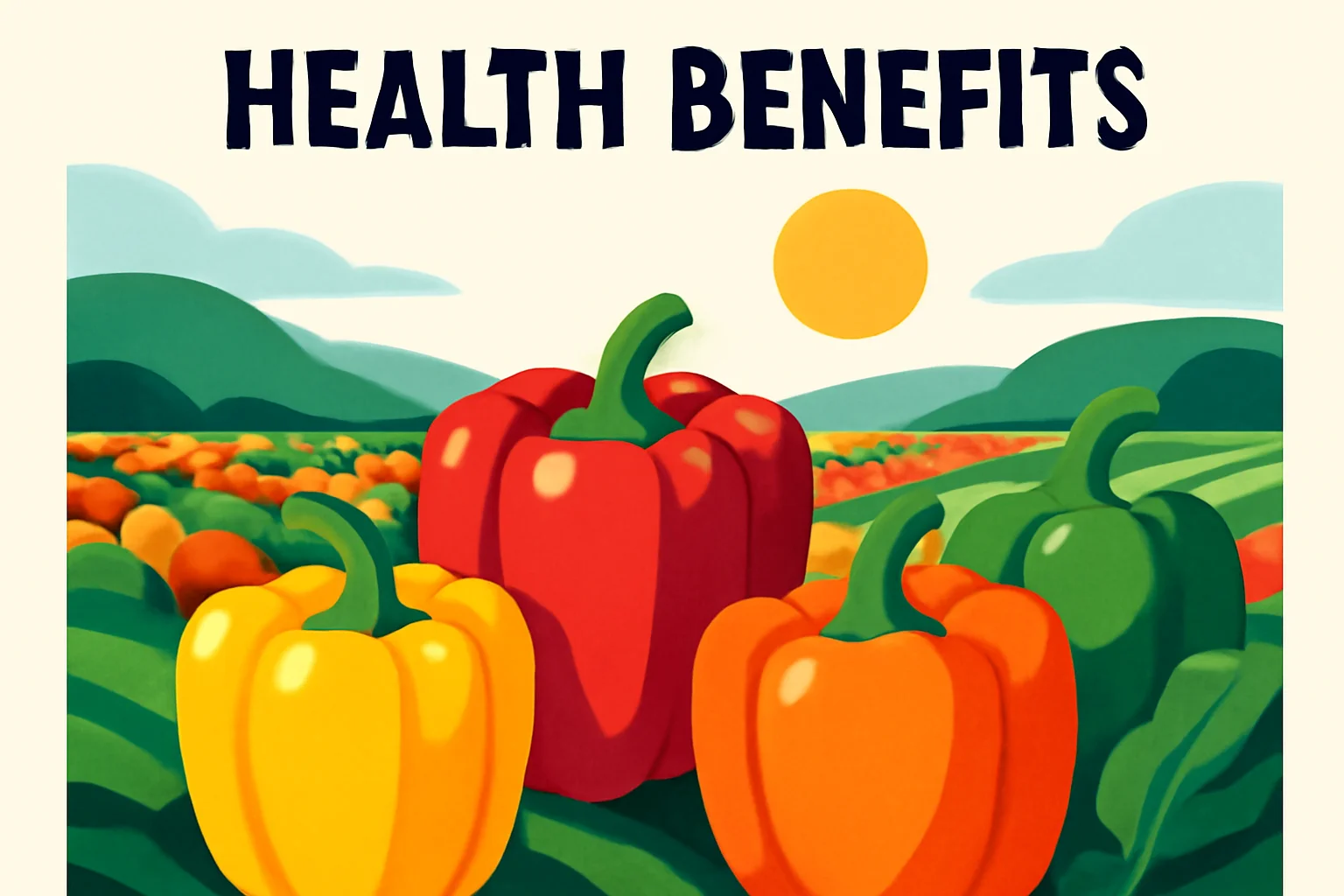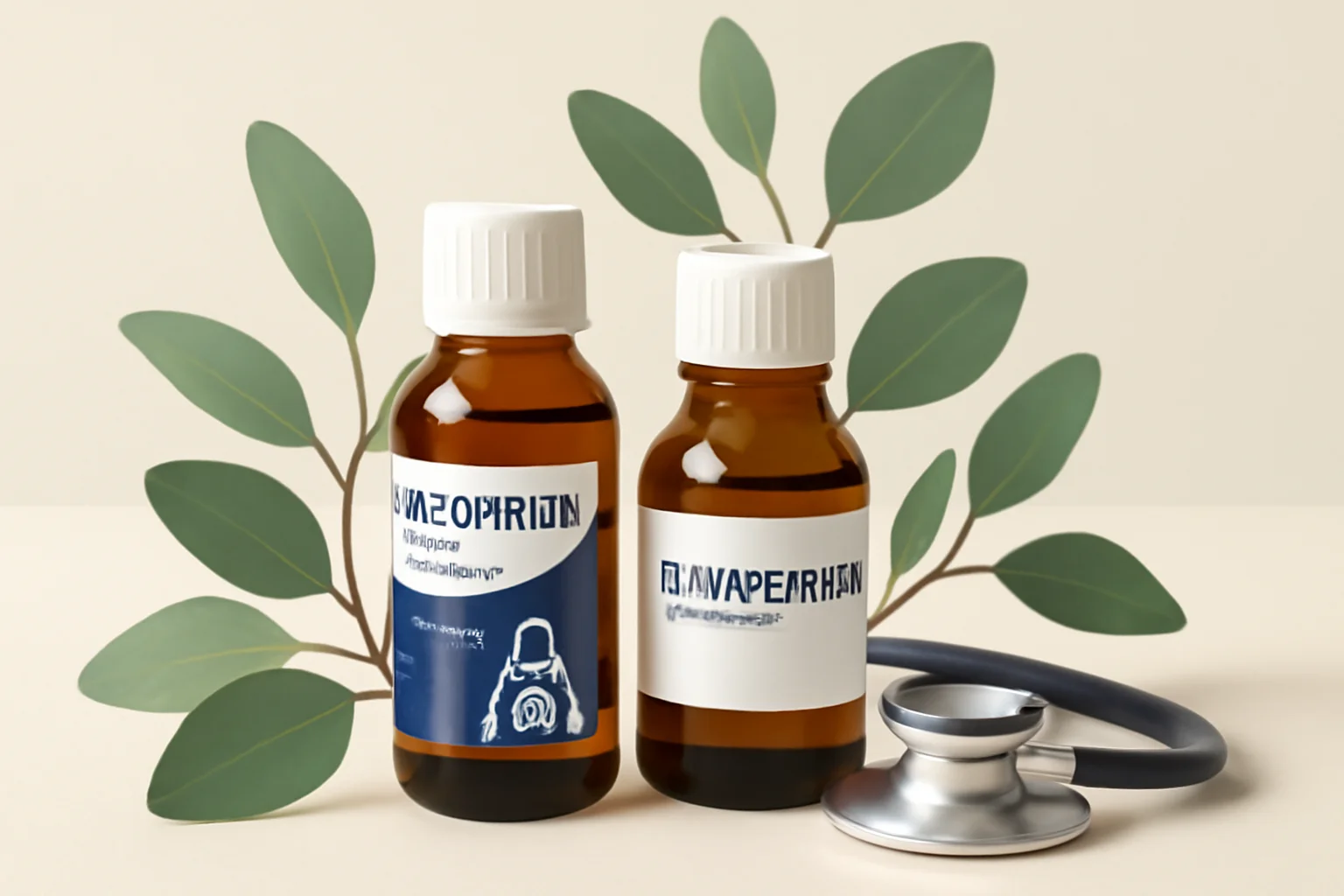
The Beneficial Effects of Peppers on Our Health and Kitchen
The pepper is a popular vegetable worldwide, known not only for its delicious taste but also for its numerous health benefits. Due to its colorful and diverse forms, it can easily be incorporated into daily diets, whether in fresh salads, main dishes, or even as spices. Peppers are rich in vitamins, minerals, and antioxidants that contribute to the proper functioning of the body. In addition, peppers are not only nutritious but also versatile in the kitchen, as they enhance the flavor and color of various dishes.
The Nutritional Content and Health Benefits of Peppers
The nutritional content of peppers is outstanding, as they are rich in vitamins, minerals, and antioxidants. Their vitamin C content is particularly noteworthy, as a medium-sized pepper covers a significant portion of our daily requirement. Vitamin C strengthens the immune system, aids in cell regeneration, and protects the body from the harmful effects of free radicals due to its antioxidant properties.
Additionally, peppers contain B6 vitamins, E vitamins, K vitamins, and folic acid, which contribute to cardiovascular health, blood formation, and proper metabolism. Minerals such as potassium, magnesium, and iron are also present in peppers, supporting various physiological functions.
Spicy varieties of peppers, such as chili, contain capsaicin, which has numerous beneficial effects. Capsaicin is known for its pain-relieving, anti-inflammatory, and metabolism-boosting properties. It aids in fat burning, making it useful for those on a diet.
The antioxidant effects of peppers help in the prevention of chronic diseases, such as reducing the risk of heart disease, diabetes, and certain cancers. Regular consumption of peppers may also contribute to skin health, as the vitamins and minerals they contain help to hydrate and revitalize the skin.
The Role of Peppers in the Kitchen
The versatility of peppers in the kitchen is undeniable. They are a staple ingredient in numerous dishes and recipes, adding not only flavor but also color to meals. They can be used fresh, roasted, steamed, or even as a spice, offering virtually endless possibilities.
To enhance the flavors of dishes, it is worth combining different varieties of peppers. Red peppers are sweet, while green peppers have a slightly bitter taste, and the spicy varieties add heat to dishes. This interplay of colors and flavors allows for creative variations in cooking, resulting in colorful and tasty meals.
Peppers appear in salads, soups, and main dishes, but they can also be used as a spice. Pepper powder is a widely used spice that not only adds flavor to dishes but also lends them color. For instance, red pepper powder is particularly popular in meat dishes, providing a rich flavor profile.
Moreover, peppers pair excellently with other vegetables and protein sources such as chicken, fish, or tofu. When seasoning, it’s important to consider the flavor of the pepper and use the appropriate amount to avoid overpowering the other ingredients in the dish.
Peppers are also excellent for various preservation methods. Pickled peppers, ratatouille, or pepper paste are all popular foods that enrich our winter meals. Thus, peppers can contribute to healthy eating not only when fresh but also when preserved.
The Benefits of Peppers for Skin and Hair
The beneficial effects of peppers manifest not only internally but also externally. In terms of skin health, the antioxidants in peppers, such as vitamin C and carotenoids, are particularly important. These nutrients aid in collagen production, contributing to skin firmness and elasticity.
Regular consumption of peppers can also help hydrate the skin, as the vitamins and minerals they contain nourish it. Due to their anti-inflammatory properties, peppers may assist in treating acne and other skin issues. Capsaicin, found in spicy peppers, can also be useful in alleviating skin problems.
Peppers are beneficial not only for the skin but also for hair health. The vitamins they contain, especially B vitamins, support hair growth and strengthen hair strands. The antioxidants in peppers may also help reduce hair loss by protecting hair follicles from harmful free radicals.
Peppers can also be used externally. A mask can be made from them for the skin, helping to revitalize the skin and restore its natural glow. Hair treatments with peppers can stimulate blood circulation in the scalp, thus supporting hair growth.
Tips for Storing and Using Peppers
The way peppers are stored is crucial to preserving their freshness and nutritional content. Fresh peppers should ideally be stored in the refrigerator, where they can maintain their taste and texture for several days. It’s best to place peppers in a cloth bag or paper bag to avoid moisture buildup, which can cause spoilage.
If the pepper starts to soften or become spotted, it’s advisable to use it immediately, for example, in cooking or salads. Freezing peppers is also a great method for preservation. Frozen peppers can be used in almost any dish and retain their nutritional value.
When cooking, it’s important to add peppers to dishes at the right time. Fresh peppers are usually added towards the end of cooking to preserve their crisp texture and flavor. If the pepper is in powder form, it’s best to add it at the beginning of the cooking process to allow its flavor to fully develop.
Peppers are excellent not only for main meals but also for snacks. For example, slicing fresh peppers and serving them with hummus or a yogurt dip creates a delicious and healthy snack.
Thus, peppers are not only a tasty vegetable but also offer numerous health benefits for both our well-being and our kitchen. It is worth taking advantage of the possibilities they offer in our daily meals.
**Note:** This article does not constitute medical advice. For health issues, everyone should follow their doctor’s advice.

